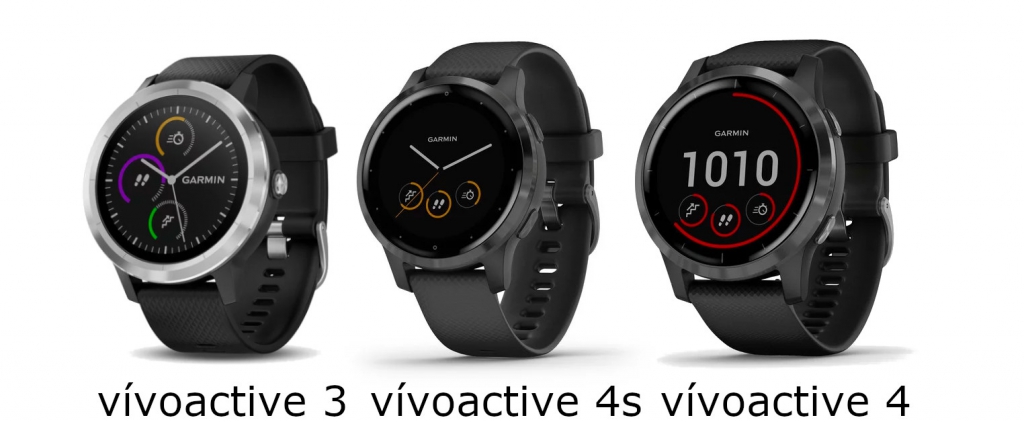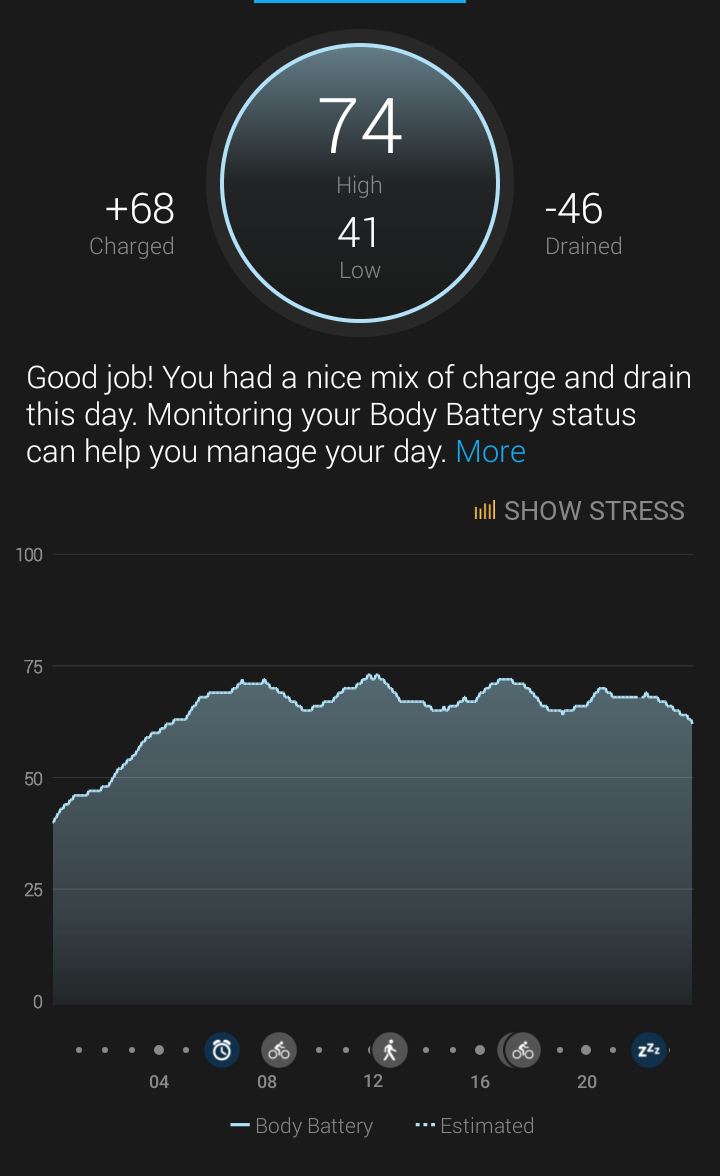Garmin Vívoactive 3 and 4 compared
Which Garmin vívoactive should you buy?
With the latest generation of Garmin vívoactive watches announced last September, the 4 and 4s have now taken the throne in the range. This starts new questions: which one should you buy?
The vívoactive 3 has been a popular choice for runners and more casual athletes since it came out two years ago. I have quite a few colleagues who own one. The “new and improved” vívoactive is obviously more expensive, but has some improvements which you might actually enjoy having.
Rather than making this a three way comparison, the 4 and 4s are technically identical watches bar a three specs: battery, strap and screen size. So in this comparison I just compare with the ‘4’ rather than constantly saying 4 and 4s.

Quick Feature Comparison
| vívoactive 3 |
|
|||
| Music | Optional | yes | ||
| Sport types | 15 | 20 | ||
| Respiration | no | yes | ||
| PsO2 | no | yes | ||
| Body Battery | no | yes | ||
| Size | 43,4mm |
|
||
| Battery Life During activity |
7 days 13 hrs. |
|
||
| On Screen workouts | no | yes | ||
| Gyroscope | no | yes | ||
| Weight | 43 gr |
|
- This is with music playing. The 3 with music gets 5 hours too. So you can expect around 13 hours without music.
Then there are the smaller details which you may not care much about. The strap has changed. Where the vívoactive three had a standard 22mm strap, the 4 uses 18mm and 22mm. This makes is slightly more difficult to find a new strap but they’re widely available on AliExpress already. You just can’t grab a new one in your local jewellery store or something.
Colours
Sadly the all white edition has been removed from the range. So if you’re not a fan of gold then you have to go grey or black. A slightly similar issue with the 3, where if you wanted music you were force to grey or black too. At least it’s classier than the Forerunner 920XT colours of white/red and blue/black.
Size
Obviously the screen is different. Not technically, but the size is different and thus the number of pixels. The smaller of all three, the 4s, has 218 pixels on its screen and to me it’s big enough. So if you have to choose between the vívoactive 4 and 4s, have a look what fits your wrist best.
Wi-Fi
What you also get in the 4 is Wi-Fi. This is useful as your watch no longer will require your phone to send your activities and daily monitoring data to Garmin.
Body Monitoring
The 4 also has Body Battery. A feature I’ve come to enjoy. It gives an insight of how the app estimates your energy level. Interestingly I’ve seen it go up during the day and even down during sleep (have to admit it wasn’t the best night of sleep). Online you find mixed reviews, some arguments against I can understand. You know when you’re tired, you don’t need a watch or app to tell you so. According to some, it does take a couple of weeks to become accurate.
I think it’s a neat feature as sometimes your body can be deceiving. You might be brain-tired but body-fit. Which I’ve experienced myself. Going for a run expecting a sub-par workout where I actually easily smashed my goal. Then I’ve also had the opposite, where I went out feeling energetic but aborting my run after 2 miles because the legs didn’t work.
Pulse Oxygen
This feature really drains your battery if you enable it 24/7. It’s a nice feature but I don’t really have a way to compare it or say if it’s a useful feature. It appears my PsO2 was around 94% – where this is very low as ‘normal’ levels are 95-100%, and this is what I get when I measure it with my phone’s PsO2 feature. So I’ve disabled it.
Workouts
The vívoactive four comes with a lot more workout options. It supports Yoga, Pilates and has animations of your workout on screen. Some fairly simple, some quite animated. Personally I find it useful – I’m terrible with names, let alone names of exercises. A quick reminder helps me greatly.
Breathing
Also new is breathing monitoring, throughout the day (and during yoga!) the watch can measure your breath count. It’s a little interesting number you can add to your screen.
Swimming and Triathlons
For triathlons, the real difference here lies in the hr measurement during swim activities. The vívoactive 4 and 4s support measuring this during your swim. Neither watch supports an open water swim – is this a big problem? Personally, I don’t think so. During a race it’s pretty hard to check your watch anyway. Besides, the vívoactive doesn’t support multi-sport, so you lose your transition times. This is not a dealbreaker to me as during transition it’s easy to save and start an activity. You can do it running.
How to decide
Well, firstly it’s totally up to you. But the main question is: what are you going to use? I’ve toyed around with the 4s for a couple of weeks and I’m a big fan of the body battery. Especially because I have a toddler – it gives me an indication on what to expect on my workout. And, yes, I can feel how I’m doing, but sometimes your body surprises you.
Personally I like the extra little tidbits. The added WiFi and breathing monitoring is nice to have but not really a burden if you don’t have it. I bring my phone on my run but when you come home your phone is probably in range anyway. Plus do you really need that instant share to the world?
Prices
In the US the vívoactive 4 and 4s have the same price (as do all colours it seems). 4s goes for $299 on Amazon and the 4 goes for $299 on Amazon. This appears to be different in other countries.
If you opt to save a bit of money on features you don’t use, the 3 is available for $158 on Amazon and the Music edition is currently $199.


Leave a comment